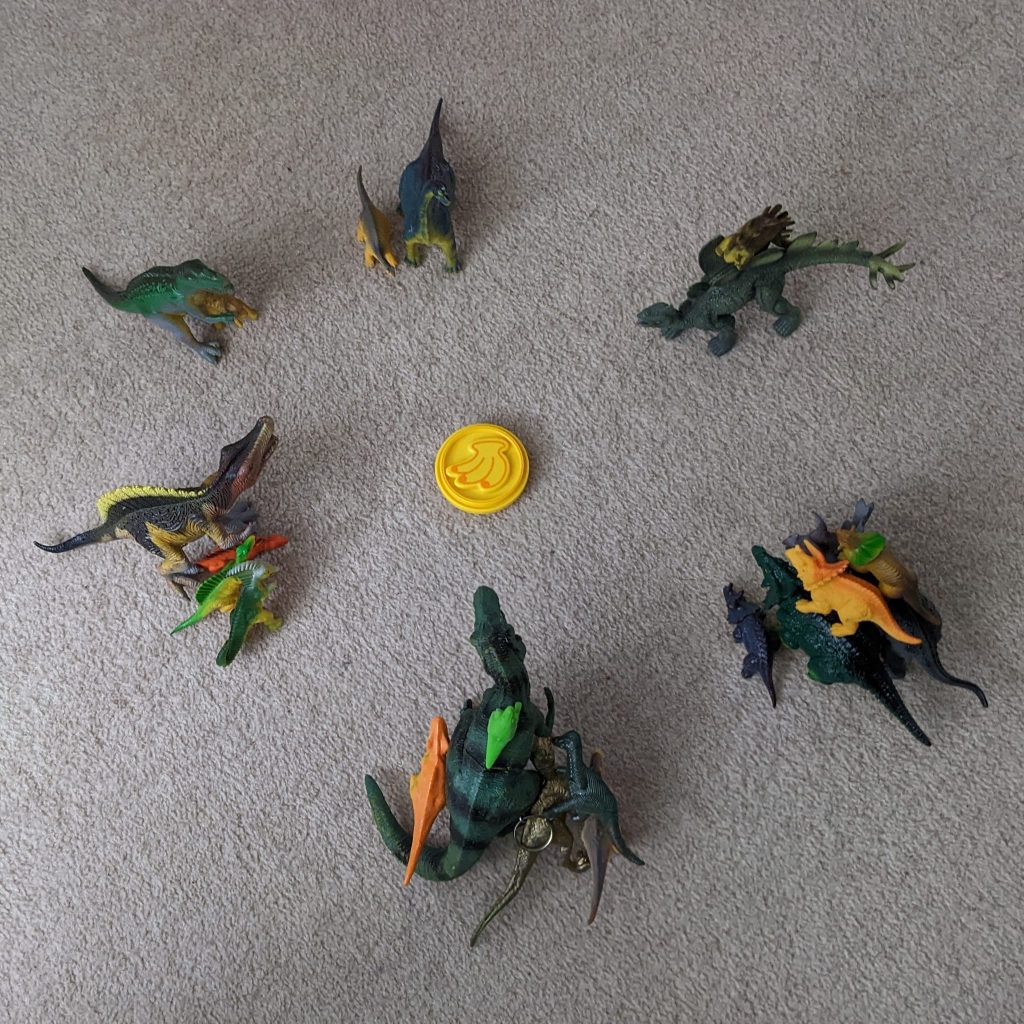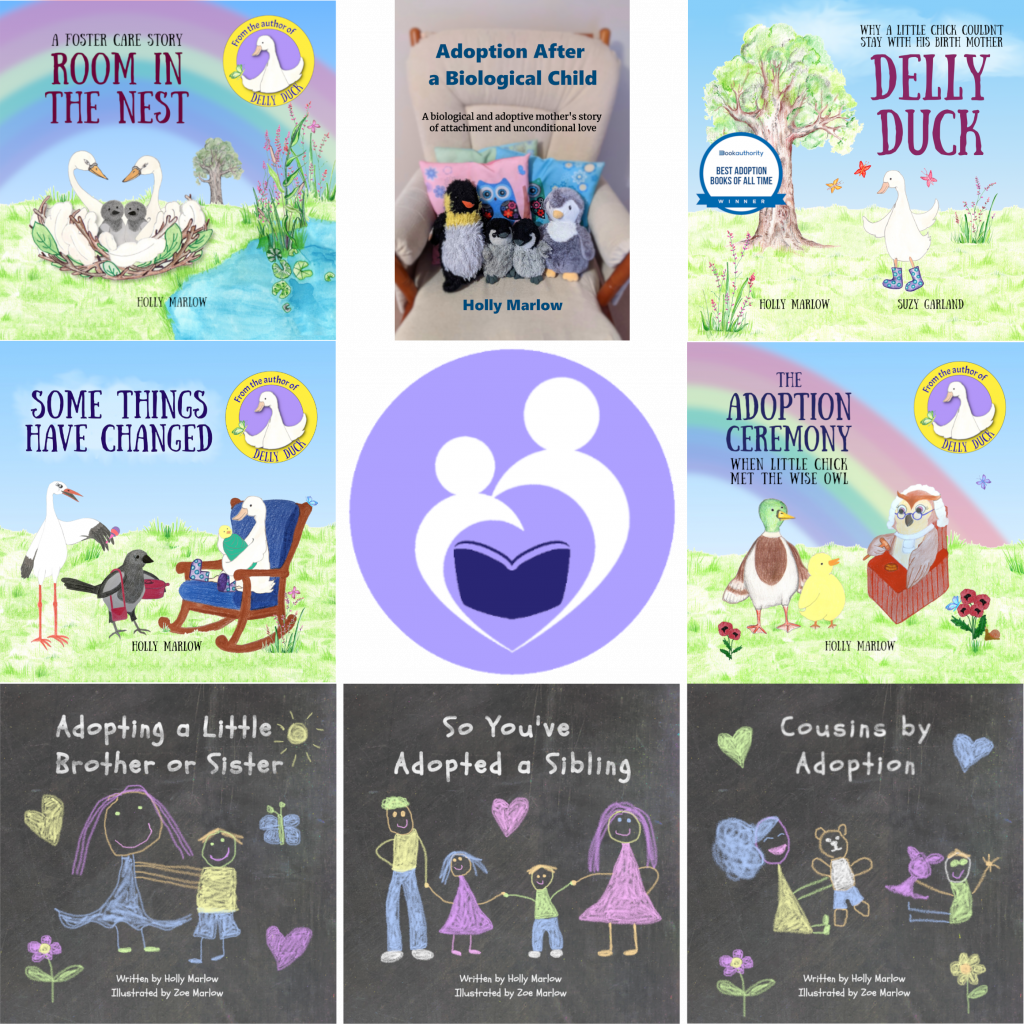Holly Marlow
Adoption, Fostering and Special Guardianship
Becoming an elder sibling is always a massive change for any child, whether they initially realise it or not! When that sibling joins the family via adoption, there are some additional things to consider.
If your elder child joined your family through adoption too, you may have already started to explain the adoption process in a child-appropriate way, which will be helpful in understanding how their sibling will join you. If you haven’t started those conversations yet, or if your elder child was born into your family, here are some suggestions on how to explain adoption.
Start off by normalising adoption.
In our case, as soon as I’d explained that some families adopt children, my daughter suggested we should adopt a child. An easy way to start these conversations is while watching TV that includes adoption, or families that could be formed through adoption, e.g.
When these TV shows were on, I pointed out the possible adoption links, e.g. “look, he’s got 2 Dads, but you can’t grow in a man’s tummy can you, so maybe he grew in someone else’s tummy and now he’s adopted into this family!”
If your child enjoys role play with dinosaurs, dolls, etc, get involved and introduce the concepts of foster care and adoption. Explain that some of the characters “grew in their Mum’s tummy,” some were adopted and some are the foster families. It all helps to normalise adoption and understand the process. Sometimes we sort the dinosaurs into families and talk about how each of the families are formed, and even act out the journey of a dinosaur from their birth family, through foster care, into their adoptive family.

I found that my daughter’s most difficult question to answer was “why can’t he stay with his birth family” and I wanted to find a child-appropriate way to answer it. It’s very tricky to find the balance between protecting your adopted child’s story so that they’re able to decide what information they share with the world, and ensuring that people (including their older siblings) understand what adoption is and why it’s sometimes necessary. When you have an inquisitive child, it can be really difficult when you’re put on the spot! I like to use stories to explain tricky, emotional concepts, so I wrote my first children’s book, Delly Duck, which is now used by a lot of adoptive, foster and kinship families to explain why some children can’t stay with their birth families. Of course no two families are the same, so the story uses a lot of metaphors, and these can be interpreted as applicable, so that the story is relevant to many adoption stories.
I also wanted to explain the overall process to my daughter, so she’d understand why social workers were coming to the house and talking to us, what a foster family is, and how the introductions process might look. This led me to write my second book, “Adopting a Little Brother or Sister,” which features my daughter’s illustrations. I hope you will also find these stories helpful!

I often read stories by Teams to school classes, which can help to prepare your older child for a child joining the family by adoption. I read “Adopting a Little Brother or Sister” to help the class to understand the process their friend is going through and to normalise this way of becoming an elder sibling. I don’t charge for these events, because I want to help children to feel supported by their peers, and to prevent innocent but potentially distressing comments, such as “she’s not your real sister.” I believe that teaching children about adoption from a young age is the best way to prevent hurtful ignorance. To normalise different types of family in general, I often read “Room in the Nest,” which features a range of adoptive, kinship and foster families.
For more information on events, see https://hollymarlow.com/events/
Join the Facebook Group, “Adoption or Fostering after a Biological Child” (Kinship Carers and Special Guardians are also welcome) if you have both adopted and biological children.
Holly also participated in a webinar for Adoption UK, about managing introductions when you have a birth child.
